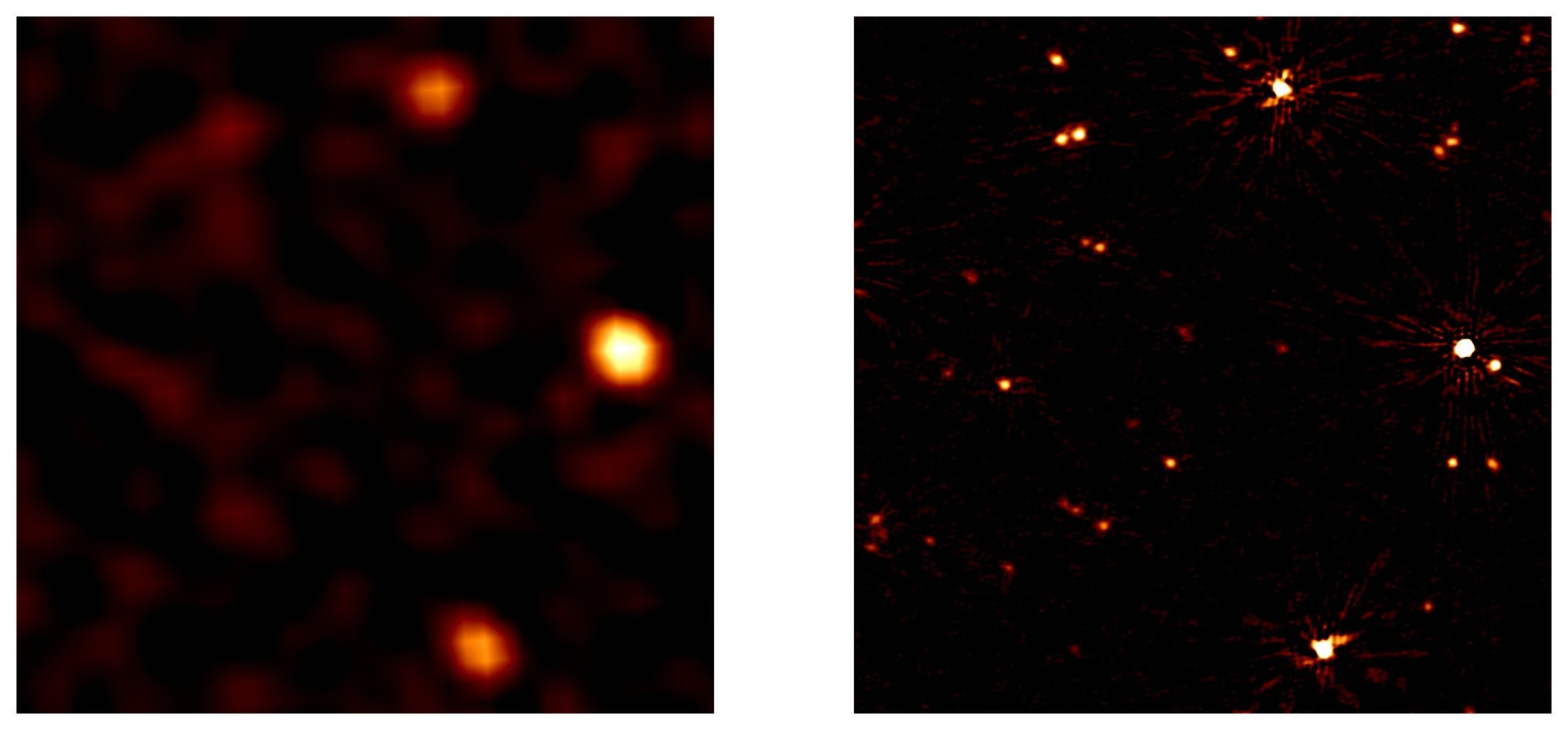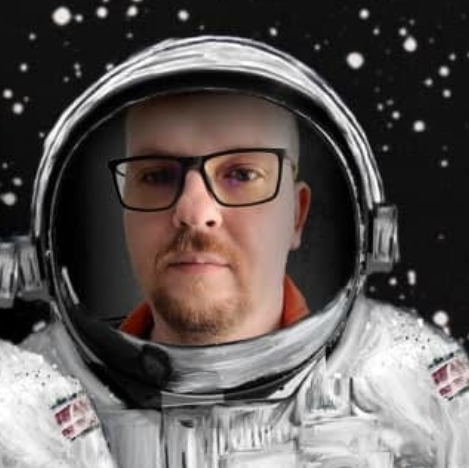Radio telescopes have a significant advantage over optical telescopes because they can be used even in cloudy conditions. Long radio waves pass through clouds, whereas optical telescopes cannot do this. However, some radio waves are partially blocked by the Earth’s atmosphere, especially the ionosphere. Astronomers have developed a new calibration technique that allows them to create clear images at low radio frequencies (16-30 MHz), bypassing the influence of the ionosphere. This opens up new possibilities for studying phenomena such as plasma from ancient black holes and even potentially detecting exoplanets near small stars.

The new technique was developed by an international team led by astronomers from Leiden University in the Netherlands. “It’s like putting on a pair of glasses for the first time and no longer seeing blurred,” said Christian Groeneveld of Leiden University, the head of the research.
Astronomers used the LOFAR telescope in Drenthe, the Netherlands, which is one of the best low-frequency radio telescopes in the world. They modified the calibration technique, which was used for observations at frequencies around 150 MHz, for observations at lower frequencies.
“We hoped that we could also extend this technique to lower frequencies, below 30 MHz. And we succeeded,” said Reinout van Weeren, co-author of the research.

To test the technique, astronomers studied several galaxy clusters that had previously been studied only at higher frequencies. They divided their field of view into several smaller faces and calibrated each of them separately relative to the calibrator object. This made it possible to obtain an improved image and model of the sky, partially adjusted for effects depending on the direction. The calibration was then repeated three more times.
This made it possible for the first time to create radio images at frequencies of 16-30 MHz. With the help of these data, astronomers have discovered that the radio emission from the studied galaxy clusters has a heterogeneous, spotty character.

The new calibration technique opens up the possibility to study radio phenomena at frequencies previously unavailable. “There is, of course, a chance that we will eventually discover something unexpected,” said Groeneveld.
Earlier, we reported on how scientists experimentally confirmed the existence of life on Earth.
According to universetoday.com


